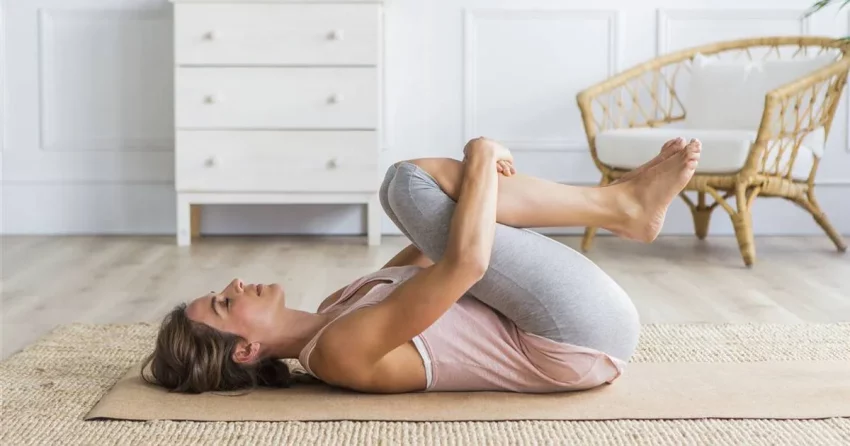Introduction
Back pain is increasingly common in today’s sedentary and stressful lifestyle. With approximately 600 million people worldwide suffering from lumbar pain, it’s crucial to address this issue effectively. While professional intervention is essential for proper treatment, there are various strategies and accessories individuals can use at home to prevent and alleviate back pain. This comprehensive guide explores exercises, accessories, and techniques aimed at reducing inflammation, stress, and discomfort associated with back pain.
Exercises and Stretching
Regular exercises targeting specific muscle groups and stretching routines are vital for maintaining flexibility, reducing inflammation, and preventing injuries. Additionally, aerobic activities like swimming and walking improve circulation and overall posture.
- Controlled Exercises: Engage in controlled exercises to strengthen core muscles and improve stability.
- Stretching: Incorporate stretching exercises to maintain flexibility and reduce muscle tension.
- Aerobic Activities: Participate in activities like swimming or walking to enhance circulation and posture.
Heat and Cold Therapy
Applying heat or cold therapy to the affected area can significantly alleviate back pain. Alternating between heat and cold therapy or using them sequentially can help reduce inflammation and muscle tension effectively.
- Heat Therapy: Apply heat pads or warm towels to the affected area to improve blood flow and relax muscles.
- Cold Therapy: Use cold packs or ice packs to reduce inflammation and numb the affected area, particularly during the initial stages of pain.
Recommended Accessories for Home Use
Various accessories available online can aid in managing and alleviating back pain from the comfort of home. Here are some recommended options:
- Electric Heating Pad
- Description: This electric heating pad offers six temperature settings and an automatic shut-off feature for safety. Its dimensions are 30 x 60 centimeters, and it’s made from a comfortable fabric.
- Gel Cold/Heat Pack for Back Pain
- Description: Specifically designed for the dorsal area, this gel pack adheres comfortably to the back to provide cold or heat therapy as needed. Made from breathable neoprene, it can be cooled in the freezer or heated in the microwave.
- Fitness Ball with Air Pump
- Description: Ideal for various exercises and stretches to tone different parts of the body. With a weight capacity of up to 300 kilograms and a textured surface for stability, it comes with an air pump for inflation.
- High-Density Foam Roller (Amazon Basics)
- Description: This foam roller is effective for massaging muscles and aiding in post-workout recovery. Made from rigid foam, it’s lightweight, easy to clean, and available in two colors.
- Pack of Elastic Resistance Bands
- Description: These resistance bands are designed for stretching exercises targeting the chest, back, shoulders, and arms. Made from durable and elastic latex material, they come in various resistance levels.
- Muscle Massage Gun
- Description: Equipped with eight interchangeable massage heads, this massage gun offers adjustable vibration modes for a relaxing experience. It’s wireless and has a battery life of up to eight hours.
- Trigger Point Massager for the Back
- Description: The Body Back Buddy is a manual tool designed for self-massage. It features eleven therapy knobs strategically placed to apply pressure to different trigger points on the back.
Conclusion
Back pain is a prevalent issue affecting millions worldwide, often exacerbated by sedentary lifestyles and poor posture. While professional medical intervention is crucial for proper diagnosis and treatment, individuals can take proactive steps at home to manage and alleviate their symptoms. Incorporating exercises, stretching routines, and the use of accessories such as heat pads, cold packs, foam rollers, resistance bands, and massage tools can contribute to reducing inflammation, relieving muscle tension, and promoting overall well-being. By combining these strategies with lifestyle modifications, individuals can effectively address and mitigate the impact of back pain on their daily lives.


